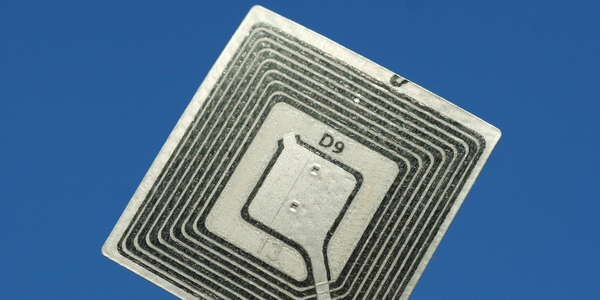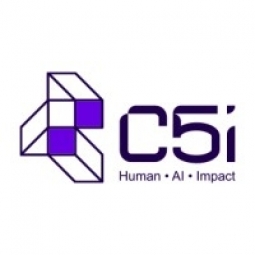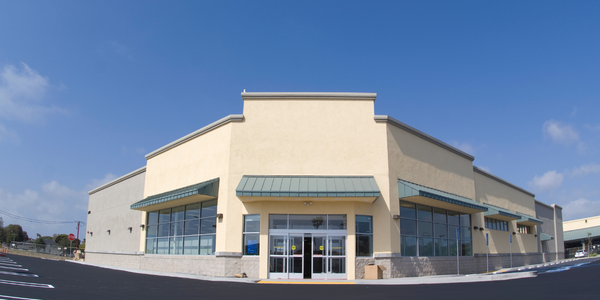Customer Company Size
Large Corporate
Country
- Worldwide
Product
- Minerva
Tech Stack
- Automated bots
- Descriptive and prescriptive analytics
Implementation Scale
- Enterprise-wide Deployment
Impact Metrics
- Revenue Growth
- Productivity Improvements
Technology Category
- Analytics & Modeling - Predictive Analytics
Applicable Industries
- Apparel
Applicable Functions
- Sales & Marketing
- Business Operation
Use Cases
- Predictive Replenishment
- Inventory Management
Services
- Data Science Services
About The Customer
The customer is a leading global footwear firm. They operate in the apparel industry and have a significant online presence through their ecommerce site. The firm is faced with the challenge of optimizing their product offerings and upsells in the face of stiff competition from marketplaces that are out-pricing them. They are keen on leveraging data to make informed decisions and improve their market position.
The Challenge
The client, a leading global footwear firm, was facing challenges in optimizing product offerings and upsells on their ecommerce site. The situation was further complicated by marketplaces that were out-pricing the brand store. The client wanted to leverage both competitive and internal data to address these issues. The client also wanted to identify promotion opportunities for not-so-popular products and recommend ideal upsells that would help promote high-margin, low-cost accessories.
The Solution
The solution involved two phases. In the first phase, Minerva was deployed to evaluate the most popular shoe sizes and colors based on the volume of sales and stock available in the marketplace over a period of time. Automated bots were built to capture data sets for product attributes, pricing, promotions, and reviews for different size and color combinations for the same product range offered by competitor sellers. The bots also captured upsells being offered by marketplaces and other retailers. In the second phase, a combination of descriptive and prescriptive analytics was run to determine the optimized inventory on the basis of shoe type, color, and size. Optimal upsells were recommended on the basis of statistical models. Reviews were analyzed to comprehend the credibility of other sellers and investigate other aspects, such as whether a pair of shoes might be old stock.
Operational Impact

Case Study missing?
Start adding your own!
Register with your work email and create a new case study profile for your business.
Related Case Studies.

Case Study
Fire Alarm System and Remote Monitoring Sytem
Fire alarm systems are essential in providing an early warning in the event of fire. They help to save lives and protect property whilst also fulfilling the needs of insurance companies and government departments.Fire alarm systems typically consist of several inter-linked components, such as smoke detectors, heat detector, carbon monoxide, manual call points, sounders, alarm and buzzer. The fire alarm system should give immediate information in order to prevent the fire spread and protect live and property.To get maximum protection a shoe manufacturer in Indonesia opted for a new fire alarm system to monitor 13 production sites spread over 160 hectars. Although the company had an existing fire alarm system, it could not be monitored remotely.It was essential that the new system would be able to be monitored from a central control room. It needed to be able to connect to the existing smoke detector and manual call point. Information should be easily collected and passed on to the Supervisory Control and Data Acquisition (SCADA) system. Furthermore, the system should have several features such as alarm management, auto reporting, being connected to many client computers without additional cost, and run 24/7 without fails. The company also needed a system which could be implemented without changing the architecture of the existing fire alarm system.

Case Study
IoT Applications and Upgrades in Textile Plant
At any given time, the textile company’s manufacturing facility has up to 2,000 textile carts in use. These carts are pushed from room to room, carrying materials or semi-finished products. Previously, a paper with a hand-written description was attached to each cart. This traditional method of processing made product tracking extremely difficult. Additionally, making sure that every cart of materials or semi-finished products went to its correct processing work station was also a problem. Therefore, the company desired an intelligent solution for tracking assets at their factories. They also wanted a solution that would help them collect process data so they could improve their manufacturing efficiency.

Case Study
Retailer Uses RFID Scanner to Improve Efficiency
Patrizia Pepe wished to improve the logistics of their warehouse: accepting incoming goods from their production sites, movement of items throughout
the warehouse, and packaging of goods for distribution to the retail locations. They initially tried to use barcodes for this function. Because barcodes must be individually scanned within a line-of-sight, the acceptance of goods coming into the warehouse was too time consuming. Working with the University of Florence, Patrizia Pepe instituted a five-month pilot project beginning in August of 2009 to test the validity of an RFID solution. The pilot involved tagging of about 60,000 items for the second seasonal collection, and convinced the company to move forward with tagging all items.

Case Study
Monitoring and Controlling Automatic Mixing and Dispensing Machines
As technology advances, textile manufacturing has been transformed from a labor-intensive to a partially or fully automated industry. Automation is significant in all segments of textile production - from spinning to printing, and textile machinery manufacturers are constantly searching for new technologies and automation processes will increase the productivity of their machines. The color paste mixing and dispensing machine is an essential part of the printing and dyeing process. With the advantage of automatically computerized controls and database management, the system can significantly improve its dispensing precision, working efficiency and production quality as well as reducing material consumption.









